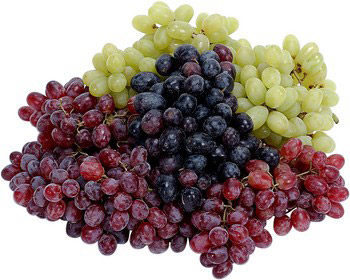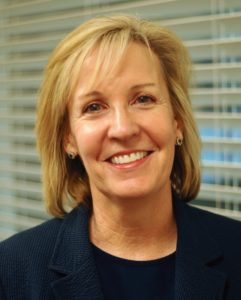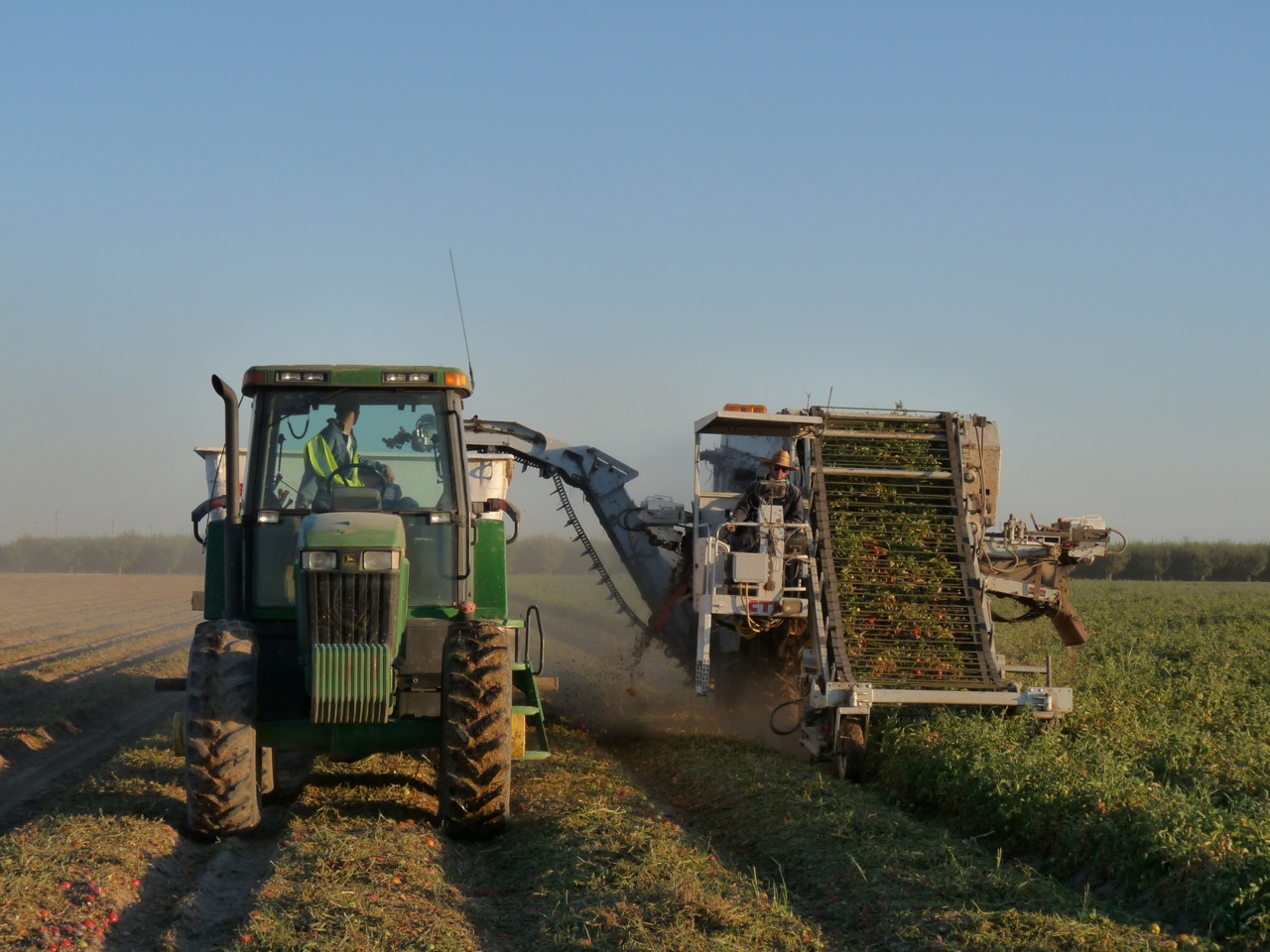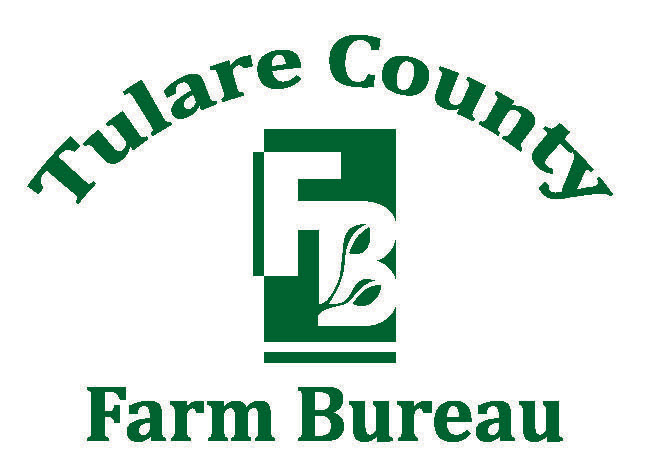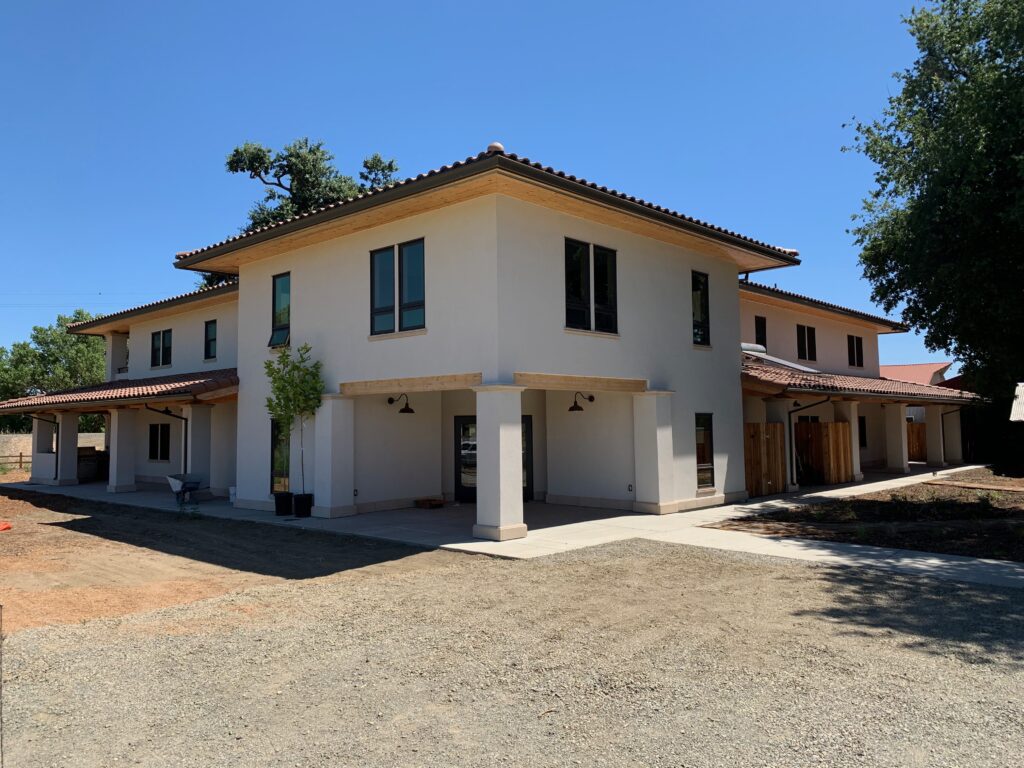Goodness Matters with California Table Grapes!
Campaign Encourages Consumption of Table Grapes
The heart of the California Table Grape Commission’s multi-faceted outreach effort, California Goodness Matters, asks consumers to buy California table grapes. The program promotes the importance of supporting California’s table grape farming communities that grow and harvest 99% of the nation’s fresh table grapes.
Currently underway and continuing into the fall, the Goodness Matters campaign features radio commercials, social media outreach supported by advertising, and a series of messages delivered to retailers.
“Goodness in all forms matters now more than ever,” said Kathleen Nave, president of the California Table Grape Commission. The California Goodness Matters campaign, according to Nave, is about “recognizing that the decisions we make as consumers make a difference in the livelihood of others. It also aids in the economic survival of small rural communities. It is about the goodness that is California table grapes.”
The campaign reaches consumers in California markets over radio in English and Spanish. Award – winning chef and restaurateur, Aarón Sánchez, is featured in a 15 second Spanish-language spot. It focuses on his belief in the importance of supporting those who grow and harvest our food.
The campaign’s next phase will include two more radio commercials, focusing on healthy eating. Sánchez will voice the first spot. Amy Brown, co-host of The Bobby Bones Show that is syndicated to more than 150 country stations throughout the nation, will voice the second spot.
In addition, both Sánchez and Brown will share their thoughts on California table grapes and the ways in which California Goodness Matters through social media.
According to Nave, when consumers make a conscious decision to buy California table grapes rather than imports and packaged snacks, they are supporting California farmers and workers during this challenging time.
Science reveals what we’ve perceived intuitively for centuries: Grapes are very good for us. Research shows that grapes of all colors—red, green and black—are a natural source of beneficial components called polyphenols. Polyphenols help promote antioxidant activity and influence cell communications that affect important biological processes.

